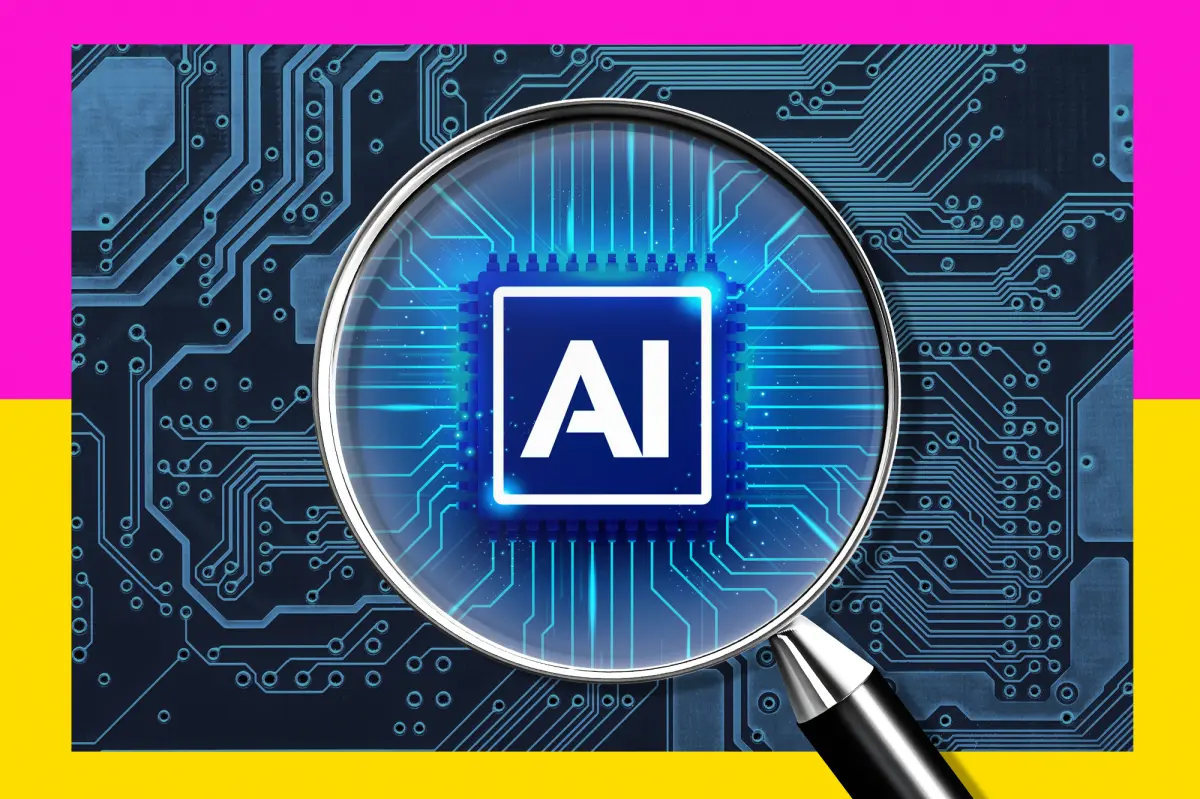The internet has always been a vast ocean of information, but lately, the tides have shifted. Artificial Intelligence has blurred the boundaries between human creativity and machine precision. Every day, we see content—articles, videos, even art—produced in seconds by machines. Amidst this wave of automation, one question echoes louder than ever: What’s real anymore?
Enter the AI detector, a modern guardian built to safeguard authenticity in the digital era.
What Exactly Is an AI Detector?
Think of an AI detector as a trained digital investigator. It doesn’t simply read or scan text—it interprets patterns, examines language flow, and identifies the subtle fingerprints left behind by machines. When humans write, emotion bleeds through words—there’s unpredictability, rhythm, and raw thought. AI writing, however, tends to follow calculated precision, structured repetition, and a lack of emotional depth.
An AI detector decodes these hidden signals, helping individuals, educators, businesses, and even journalists distinguish between authentic human expression and synthetic intelligence output.
Why We Need AI Detectors More Than Ever
AI has democratized content creation. With a few clicks, anyone can generate blog posts, essays, captions, or even research summaries. While this sounds revolutionary, it also creates a subtle danger: the dilution of originality.
Without tools like AI detectors, genuine creativity risks being buried beneath layers of generated text. Educators struggle to identify student-written work, businesses fear losing their brand’s voice, and readers are left unsure whether they’re consuming human insight or machine fabrication.
In short, the AI detector isn’t just a tech invention—it’s a defense mechanism for truth in an age of artificial eloquence.
How AI Detectors Actually Work
While every platform has its own algorithms, the logic behind most AI detectors revolves around analyzing perplexity and burstiness—two metrics that define how natural or mechanical a piece of writing feels.
-
Perplexity measures how predictable a sentence is. Humans often surprise readers with word choice; AI does not.
-
Burstiness captures variations in sentence length and complexity. Humans write with fluctuations—short bursts followed by elaborate explanations—whereas machines prefer smooth consistency.
These metrics, combined with pattern recognition and contextual understanding, allow detectors to estimate the likelihood that content is AI-generated.
However, modern AI detectors are moving beyond these metrics. They now integrate neural network comparisons, cross-model referencing, and behavioral data to achieve more nuanced accuracy.
Where AI Detectors Make the Biggest Impact
-
Education: Professors and institutions use AI detectors to uphold academic integrity, ensuring that research, essays, and assignments reflect true learning, not AI shortcuts.
-
Publishing: Editors can instantly check if a manuscript or guest article is genuinely authored or machine-spun.
-
Marketing: Brands use detectors to maintain a unique, authentic tone that connects emotionally with audiences instead of sounding algorithmic.
-
Recruitment: HR departments are beginning to scan job applications and cover letters through detectors to ensure originality and effort.
-
Media Verification: With fake news and deepfakes on the rise, AI detection is becoming the backbone of digital journalism.
Every industry that values trust and originality now has a reason to integrate AI detection tools into its workflow.
Challenges in the AI Detection Game
The irony is fascinating: while AI detectors evolve to recognize machine writing, AI models themselves are learning to “write like humans.” Some advanced language models mimic imperfections—typos, emotion, even humor—to bypass detection.
This tug-of-war creates a constant race between creation and verification. Detectors must continuously train on new datasets to stay relevant. Moreover, ethical debates surround their use: should every piece of content be scanned? Do humans lose privacy in the process of proving authenticity?
The answers remain unclear, but one fact is certain—the role of AI detectors will only grow as digital content multiplies exponentially.
The Future of AI Detectors
The next generation of AI detectors won’t just stop at identifying machine-written text. They’ll classify which AI model created it, determine how it was trained, and possibly why a specific pattern was chosen. We’ll see hybrid systems combining blockchain verification, watermarking, and linguistic DNA mapping—creating traceable transparency across the internet.
In the near future, you might see browser extensions that instantly highlight AI-written sections or educational platforms that auto-flag generated answers in real-time. The AI detector is evolving from a passive analysis tool to an active digital truth engine.
Why Authenticity Still Matters
AI can replicate logic, mimic tone, and even predict emotional language—but it can’t replicate experience. Human stories, shaped by real memories and imperfections, carry depth that no machine can truly reproduce.
That’s why AI detector matter—they don’t just separate human from machine; they preserve the essence of genuine expression. They remind us that creativity isn’t about perfection—it’s about perspective.
As the world continues to merge human intelligence with artificial brilliance, one truth remains: authenticity is the currency of trust. And in that economy, the AI detector is the most valuable tool we have.



